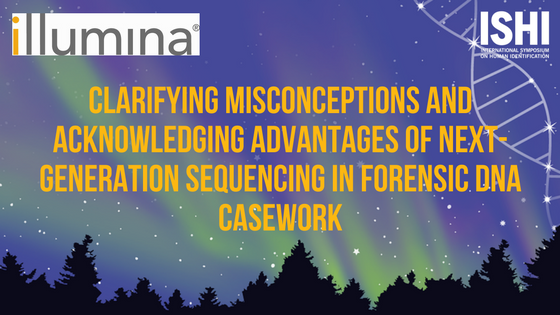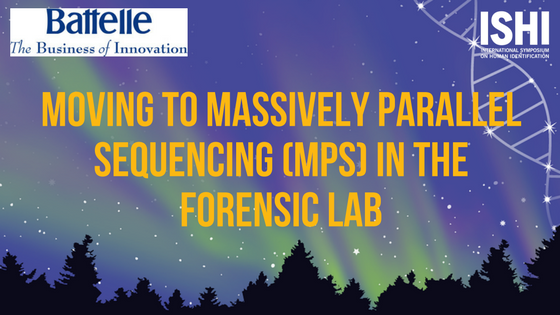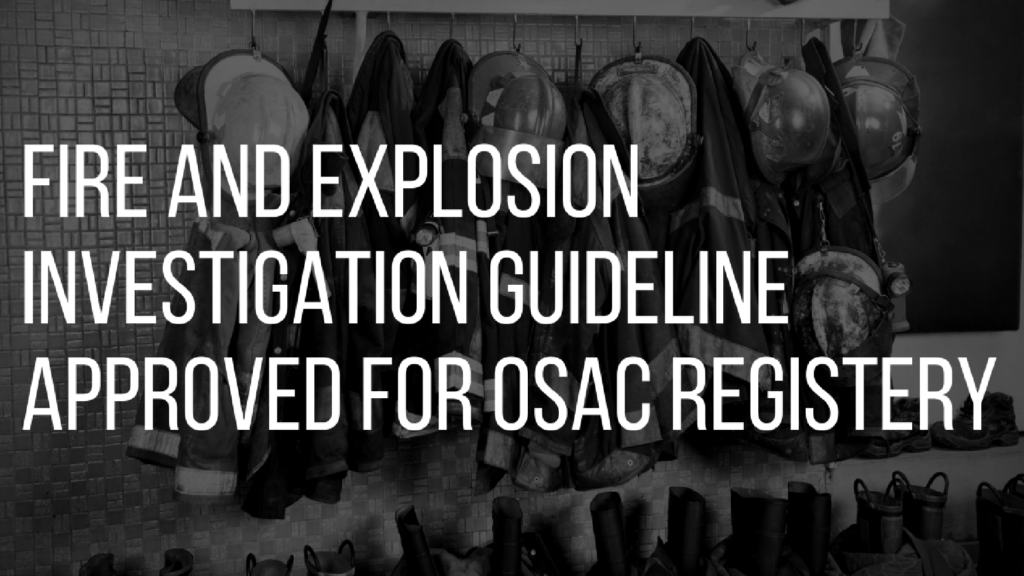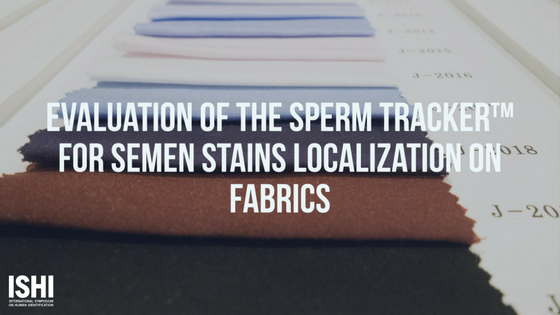Catching the Grim Sleeper – An Interview with Rock Harmon

It’s estimated that 80+ people have been murdered by the Grim Sleeper since 1985. He is the longest-operating serial killer west of the Mississippi. He was given the title “Grim Sleeper” by LA Weekly, because he took a 13-year hiatus before resuming killing. Written by: Tara Luther, Promega On March 21, 2001, Los […]
Identifying Soldiers from 100 Year-Old Remains

Jim Thomson of LGC describes how they worked to identify 250 skeletal remains of soldiers who had fallen during the Battle of Fromelles in 1916. TRANSCRIPT: My name is Jim Thomson. I work for LGC, who are a large forensic service provider in the UK. I lead the DNA R&D team […]
DNA Collection Practices for Arrests by State

Fleeing from the scene of a car accident may land your DNA in a local police database in addition to a felony charge. Or it may not. Or it may. The regulation of DNA collection practices varies widely between each state and is the subject of back-and-forth legal decisions, as evidenced by People v. Buza […]
DNA Databases and Crime Rates – the New CSI Effect?

In 1989, Virginia became the first state to require certain sex offenders and violent felons to submit DNA samples for inclusion in the state databank. One year later, this law was expanded to include all felons, and in 1996, it was expanded further to include all juvenile offenders over the age of 14 if they […]
Every Cell Has A Story To Tell™
Crime scene investigation requires collection and analysis of biological evidence for DNA genotyping. Blood, sperm, and epithelial evidence left behind by perpetrators can help investigators acquire a genetic profile of the person who committed the crime. Submitted by: Menarini Silicon Biosystems A problem occurs when a single evidence sample consists of biological fluids […]
Clarifying Misconceptions and Acknowledging Advantages of Next-Generation Sequencing in Forensic DNA Casework

Honored to be a part of the Forensic DNA community for nearly a decade, I’ve witnessed what I would consider a rather slow evolution of technology. In recent years, I was excited to validate and implement the expanded multiplex kits, and thought I was experiencing “groundbreaking” change in forensic DNA testing. That is until I […]
Moving to Massively Parallel Sequencing (MPS) in the Forensic Lab

Massively Parallel Sequencing (MPS) is now a mainstream technology in many academic areas, and has led to revolutionary discoveries in medicine, biology and environmental science. But most forensic laboratories are not yet ready to implement the technology. What can be done to accelerate adoption and bring the advantages of MPS to the forensic community? […]
Fire and Explosion Investigation Guideline Approved for OSAC Registry

The Organization of Scientific Area Committees (OSAC) for Forensic Science has approved the National Fire Protection Association Guide for Fire and Explosion Investigations for inclusion on the OSAC Registry, which serves as a trusted repository of high-quality, science-based standards and guidelines for forensic practice. This is the first guideline to be included on the OSAC Registry, where […]
Evaluation of the SPERM TRACKER™ for Semen Stains Localization on Fabrics

Semen stains localization is an important challenge and a prerequisite to genetic identification during forensic investigations. Often performed using either nonspecific techniques such as CrimeScope or/and acid phosphatase specific methods such as naphtyl, these detection requirements were in need of a new technique and procedure: rapid, simple, specific and non-toxic. We are here presenting the […]

